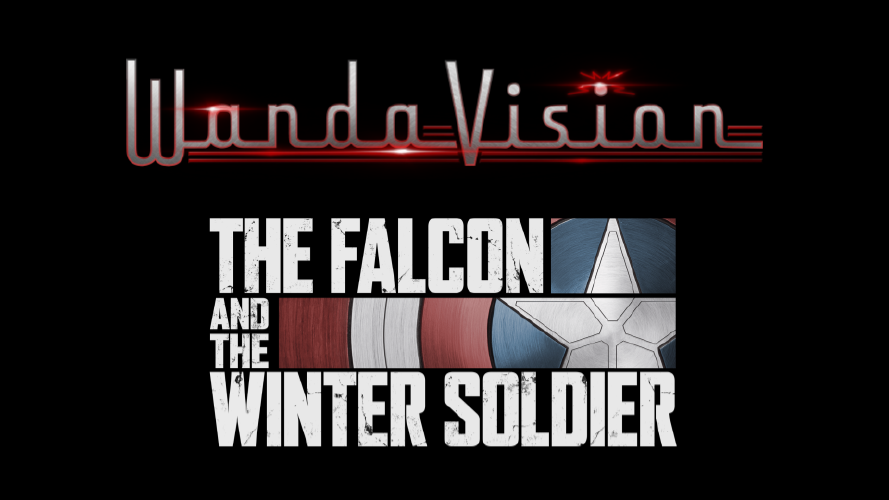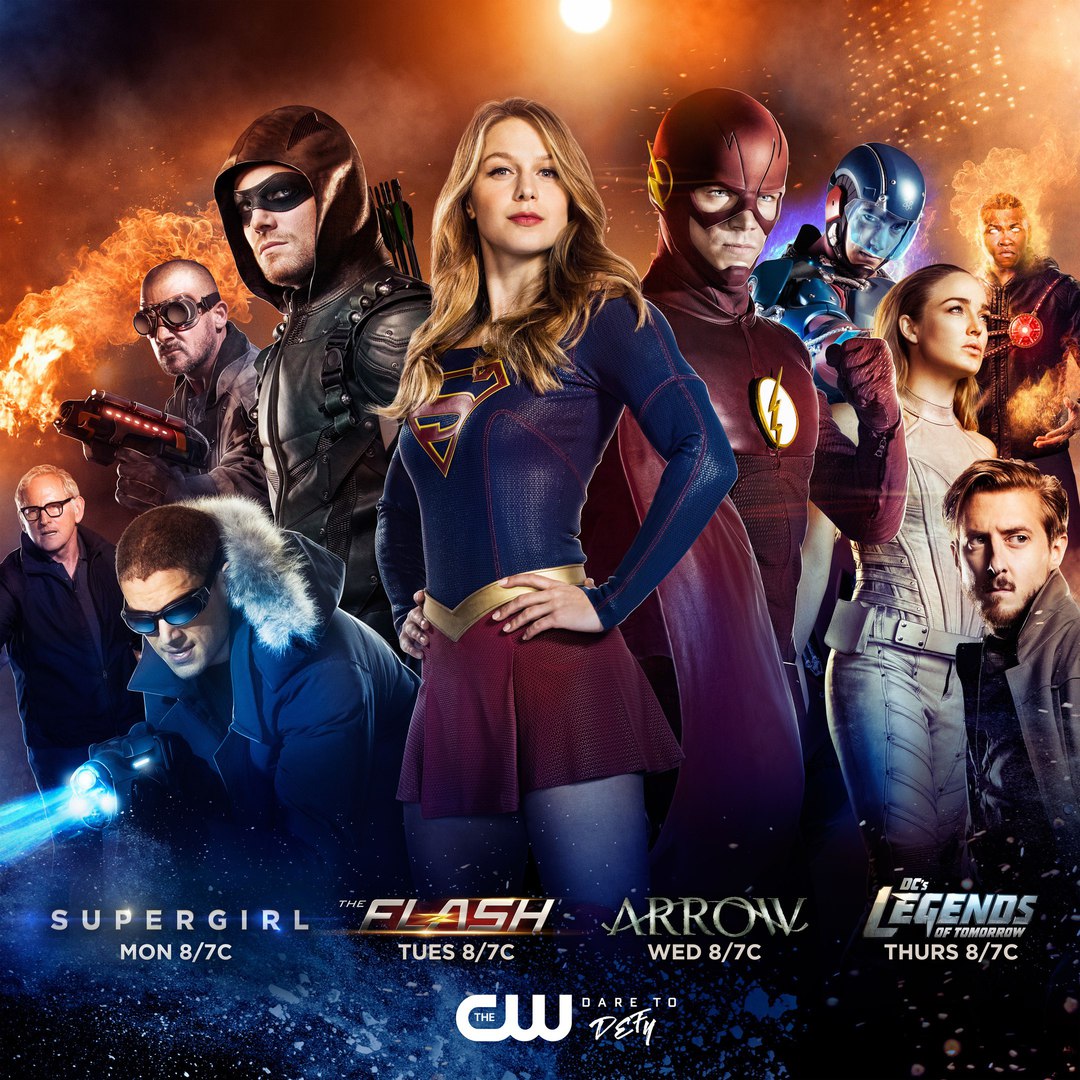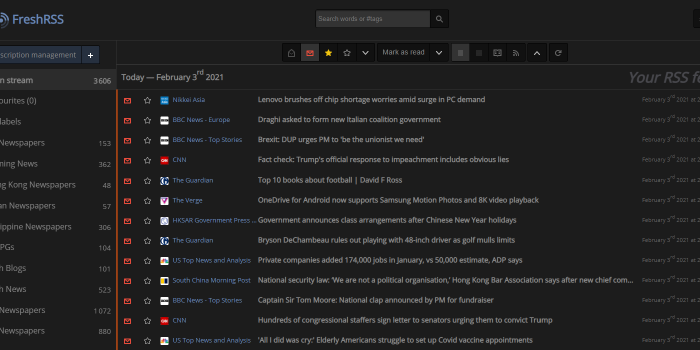Marvel T.V.

Like many many millions of nerds I have been thoroughly enjoying Marvel’s new TV shows, WandaVision and The Falcon and the Winter Soldier. They are very welcome additions to the “Superhero TV Show” genre, a genre that is admittedly saturated with entries; to name a few:
| DC Superhero Shows | Marvel Superhero Shows |
|---|---|
| Arrow | Daredevil |
| The Flash | Luke Cage |
| Supergirl | Jessica Jones |
| Legends of Tomorrow | Agents of SHIELD |
Out of this plethora of choice, WandaVision and The Falcon and The Winter Soldier stand out. And I don’t think that is by accident. I think that it is the result of Disney learning from their past mistakes, the mistakes of their competitor, DC, as well as leveraging their unique business position in the market.
Learning from Past Mistakes
Disney’s first foray into the superhero TV show genre was with Agents of SHIELD in 2013. Hot on the heels of The Avengers, Agents of SHIELD was meant to act as a spin-off TV show within the same Marvel Cinematic Universe (MCU). A show that was intended to act as a “glue” and bridging tool in between the various MCU movies being released; using the narrative lens of the titular agents of SHIELD. Unfortunately, this purpose was short-lived. Only a year after debuting the show’s premise was dismantled by the events of Captain America: The Winter Soldier in 2014. Eliminating the show’s integration and connectivity with the greater-MCU. Agents of SHIELD continued their run to ultimately end with 7 seasons, but their impact on the events of the MCU had been insofar, non-existent.
Other forays into integrating the MCU with TV came with Disney’s partnership with Netflix to produce The Defenders TV series, which included Daredevil, Jessica Jones, Luke Cage, Iron Fist, and The Punisher. And while most of these shows were critically acclaimed, they also suffered from a similar problem as Agents of SHIELD. They inherited the events of the MCU, but they failed in having any discernible impact on the MCU itself. Another major problem being the cancellation of the Disney-Netflix partnership .
The problem of integration for Marvel TV shows doesn’t just stop there however. Despite being part of the MCU, Marvel TV shows don’t benefit from the access to any of their big names. Protagonists of their early shows are characters that are entirely original to the TV shows they come from. And the best that they can expect in terms of participation from the greater-MCU is just a cameo from some of the MCU’s lesser known characters. Ultimately the problem for Marvel’s early shows are ones of integration and access. All of which leaves the impression that Marvel’s early TV shows were viewed as “second-class citizens”. They are allowed to exist in the MCU, but in every respect they are inconsequential to the development of the world they inhabit.
Learning from DC’s mistakes
In the early days of the “franchise wars” between Marvel and DC the prevailing wisdom was that “Marvel’s got movies, but DC’s better TV.” And with the early success of DC’s Arrow, and the expansion of the Arrowverse in the form of The Flash and Legends of Tomorrow vs. Marvel’s lone Agents of SHIELD, the prevailing wisdom seemed correct.

But, what was once seen as DC’s strength, their large TV library, eventually became their weakness. The problem with TV shows is that, unlike movies, they are ongoing. There is financial pressure to continuously churn out season after season of a successful show. And this can be to the detriment of good storytelling, where less is more. From a writer’s perspective, it is often better to write a nice, tight, and concise plot for maximum effect. The need for additional seasons (or sequels) can disrupt that. Especially if the additional seasons are purely due to a financial motive, and where there is no more story to tell. This forces the introduction of convoluted, contradictory, and often counter-intuitive story elements, just to keep a show’s plot going. At their peak, DC had 6 superhero TV shows running concurrently, with 32 seasons between all of them. And all of them suffered similar storytelling problems due to their extended run times:
- Lack of development. Interesting stories require conflict. A story is compelling because it introduces a problem that requires the protagonist to learn and grow in order to overcome. This can work within a self-contained story because there is a defined beginning-middle-end. But when you are expected to churn out a story, season after season, subsequent conflicts have the potential to unravel development that had previously happened, regressing development that a character’s already undergone.
- Recurring plot elements. The need to produce story after story with the same characters is a difficult proposition. And you will reach a point wherein you simply run out of new ideas, so you must re-visit old ones. The DC shows are particularly guilty of this, whether it be the Flash’s main antagonist being a speedster 3-seasons in a row, or repeating a “will-they-won’t-they” romance sub-plots with the same characters season after season. Repeating plot points are rarely interesting, because more often than not, they will resolve the same way.
- Threat inflation. The way TV series plots are structured is fairly well understood. Within each season there is a large over-arching plot. And it usually revolves around some form of “central tension”. Something that needs to be resolved. The problem is that season after season, the stakes need to be increased. For no explicable reason other than to make the new season’s problems seem bigger and more dramatic than the last. Which leads to the need for the audience to suspend their disbelief. A TV show that once started as a grounded-gritty archer fighting mafia bosses, ends up with the same guy armed only with a bow and arrow (and no powers!) running across dimensions to save the end of the multiverse.
Leveraging Uniqueness
So with all of this, in order for Disney’s plans of its new slew of TV shows to be successful they had to accomplish (1) a closer integration with the MCU, (2) tell great, complete, and compelling stories, and – most importantly – (3) be financially lucrative.
How could Disney accomplish all of this? With Disney+.
At face value, Disney+ is Disney trying to get a piece of the USD 342.44 billion streaming pie . But it is much deeper than that. Disney+ is the culmination of Disney’s unique positioning within the entertainment industry. Whereas Netflix started as a media distribution company that has expanded into content creation, Disney is a content creation company that has expanded into media distribution. This means that not only does Disney have an entire backlog of content to make their offering more compelling. But it also has the production-channels in place to be able to tell more engaging one-off stories and TV shows that tie into an existing franchise.
Because Disney has an existing lineup of blockbuster MCU movies, they are not financially pressured to churn out season after season of the same shows. And that frees them to use these TV shows as add-ons to compliment their movies. They can tell stories that further develop characters that would otherwise not have the opportunity to take center stage. WandaVision and The Falcon and the Winter Soldier are two very clear examples of that. Like most fans, I couldn’t care less about Wanda, Vision, Falcon or Bucky when they first came out in the movies. But after having watched these shows and learned more about these characters, seeing their goals, fears, and trials, I am now more excited than ever to see them on the big screen.

My favorite example of this is the characterization of Baron Zemo. When he first appeared in Captain America: Civil War, like most people I was confused, and at best, indifferent to the motivations and characterization of this villain. But following his appearance in The Falcon and the Winter Soldier I have been convinced that he has the potential to be an absolute show-stopper of a villain. This show did such a good job of explaining Zemo to the fans that they are now debating his morals and convictions. 6 million people (myself included) are willing to spend an hour watching the man dance. Suffice it to say, I am very excited to see Baron Zemo in an upcoming MCU movie.
And at their core, that’s what these shows are meant to do. They are an expansion of the pre-existing MCU. They offer an opportunity for character development to occur, and then to send them right back into the main movies with new powers, new suits, and a larger fan-following than before. No need for another season, the next movie is the next season.
Disney+ is the next major piece in Disney’s plan. A platform that they control that allows them to tell great stories. Stories that are not beholden to the pitfalls of having to artificially extend themselves to fit a seasonal television cycle. It is a new and innovative approach to developing a franchise. And it is an approach that Disney is trying to replicate with Star Wars. The Mandalorian. Ahsoka. The Bad Batch. These are all shows that utilize, impact, and expand on that franchise.
Popular franchises. Good content. It’s own controlled distribution channel. These are all the elements to Disney’s master plan of winning the culture war. But hey, if it means that I get to continue to enjoy good television, well then, I shall welcome our Disney overlords.



